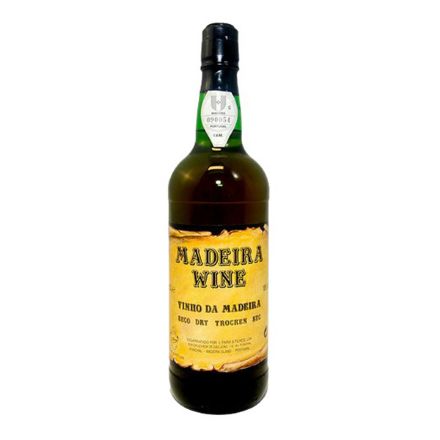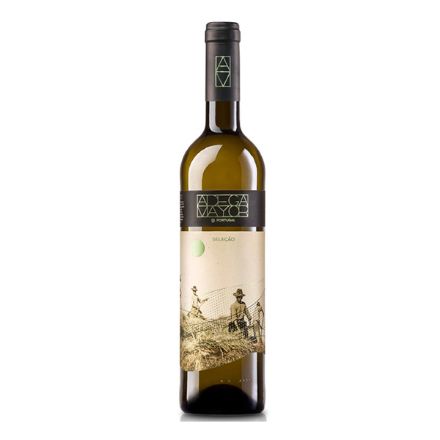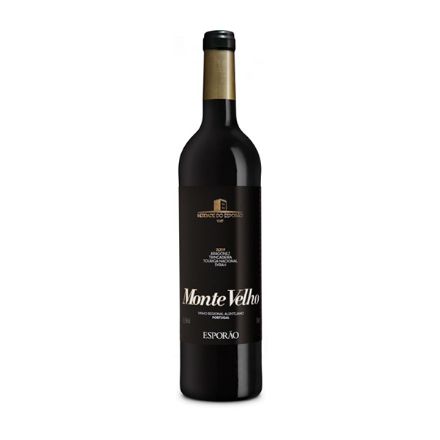This website uses cookies to improve your experience. For more information about the use of cookies or our use of data view our cookie policy
Wine
Behind Adega Cartuxa [Cartuxa Winery] is a great family, the Eugénio de Almeida family. Let’s go back to 1913, the year Vasco Maria was born into one of the most influential families of the 19th century. Born in Lisbon, he soon established links with Évora and Alentejo, where the family had an extensive heritage. Vasco Maria always considered people to be the most valuable variable on the basis of which he organised all his efforts. These included revitalising winemaking and planting a vast area of olive groves just a few kilometres from Évora, which resulted in the wines and olive oils produced to this day.
£7.99
Aging for 6 months in stainless steel vats and oak barrels on fine lees
£12.49
Gatão Vinho Verde is a refreshing white wine from Portugal, known for its light body, bright acidity, and fruity flavor profile, making it an excellent choice for warm weather and seafood pairings.
£6.49
Grão Vasco white wine is a light and lively wine that combines the classic elegance of Dão white wines with the enormous versatility of everyday consumption.
£7.99
Three year old Madeira wine based on the Sercial grape varietal and made under a dry style.
£11.49
Malmsey or Malvazia to give it’s Madeiran name is the wine that Madeira is most famous for and is a dark rich sweet wine, with a musky fragrant nose, this is a very sweet wine that lingers on the palate. Malmsey has vanilla notes, along with molasses, walnuts and caramel.
£21.49
Three year old Madeira wine based on the Tinta Negra Mole grape varietal and made under a medium rich/sweet style.
£11.49
Three year old Madeira wine based on the Tinta Negra Mole grape varietal and made under a rich/sweet style.
£11.49
Pale straw yellow in colour. On the nose, light citrus and mineral notes. Good structure and well-integrated acidity. Quality fruit with a long finish.
£8.99
Aged for six months in second and third year French and American small oak barrels.
£9.99
A wine for all occasions. With a balanced and gastronomic profile, it portrays the best aromas and flavors of Alentejo grapes.
£7.99
It was done in stainless steel vats with temperature control of fermentation, with grape Malvasia Fina, Cerceal, Gouveio and Moscatel
£8.49





























